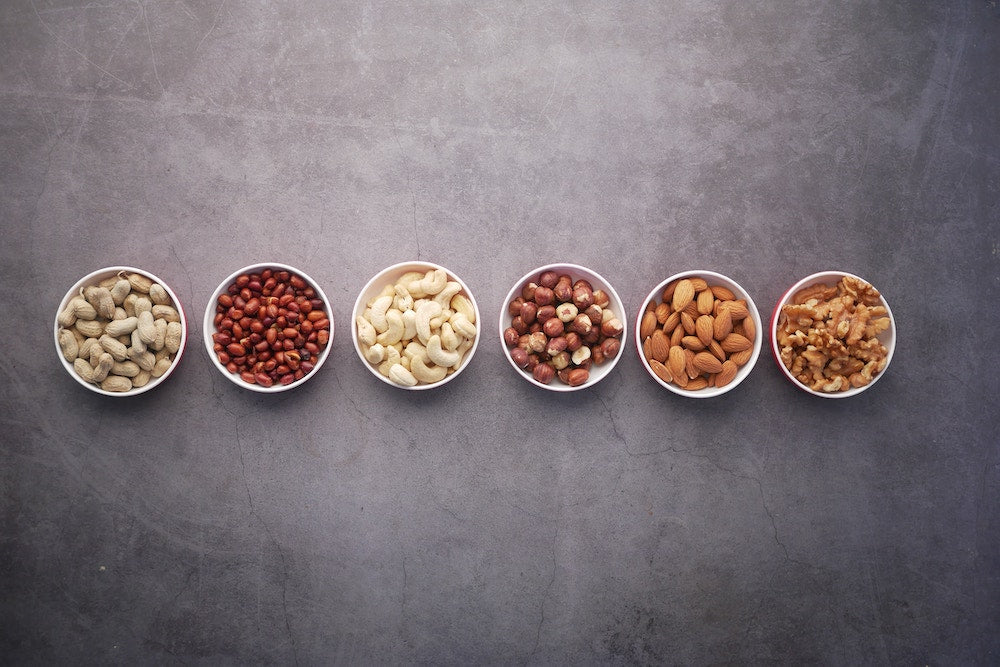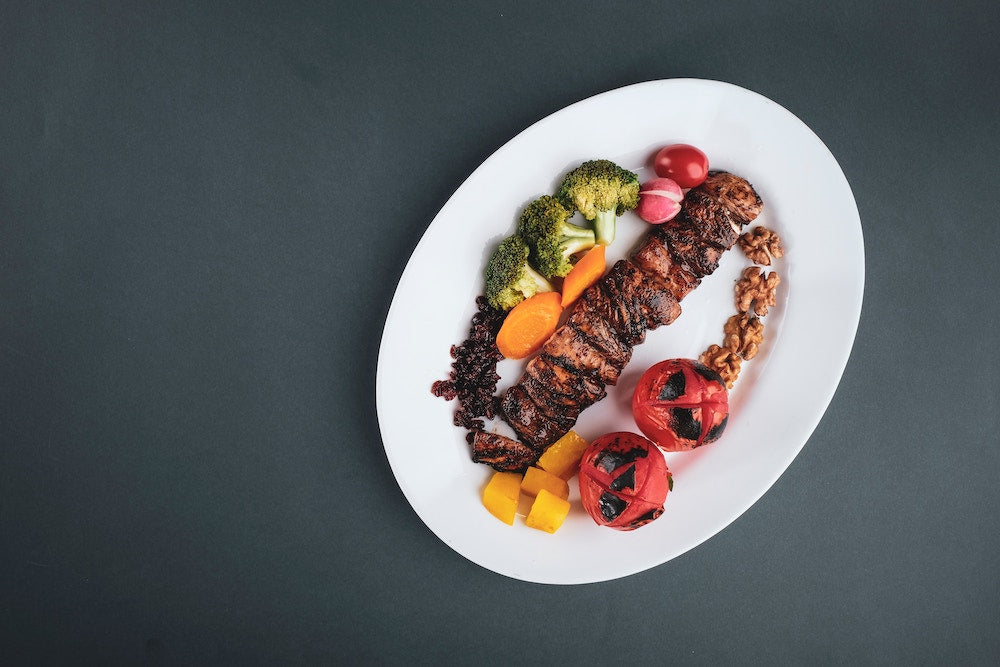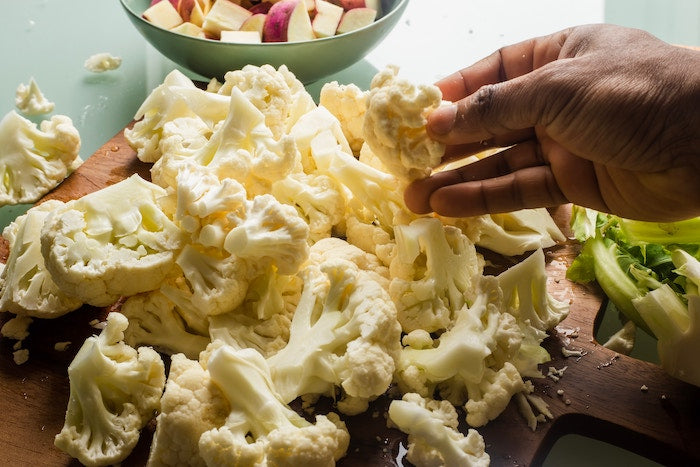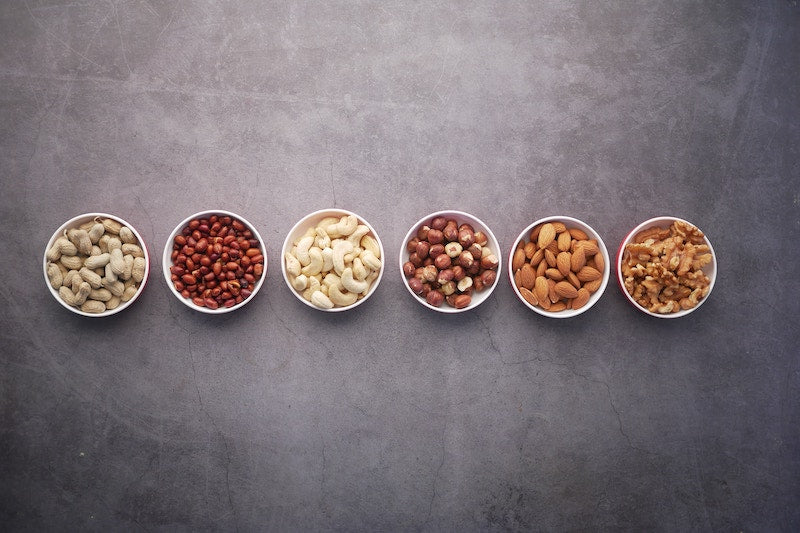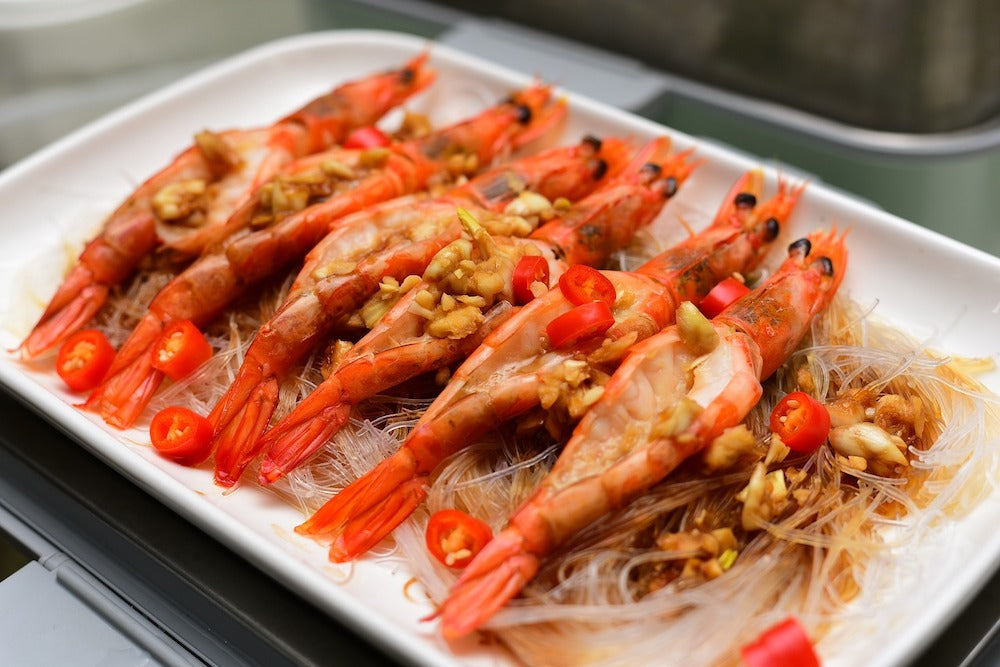Wild Blog
-
Many people, including those following a ketogenic diet, can enjoy nuts as a popular snack. However, not all nuts are created equal when supporting ketosis on a keto diet. In this comprehensive guide, we'll take a closer look at the...
-
Do you feel sluggish and lethargic on the keto diet? Do you want to increase your energy and maintain health while adhering to a low-carb diet? If so, then paying attention to magnesium and potassium intake is essential. These two...
-
Looking for a healthy and refreshing drink on your keto diet? Try the keto apple cider vinegar drink! Packed with health benefits and easy to make.
-
Introducing a new way to enjoy sandwiches without sacrificing flavor or nutrition: the cauliflower sandwich thin recipe. This delicious and nourishing treatment is ideal for those who are mindful of their well-being yet at the same time long for something...
-
Are you searching for the optimal nuts to incorporate into your ketogenic diet? If so, then look no further. We have all the information about which nuts are best for achieving ketosis. We'll cover everything from almonds and walnuts to...
-
If you're looking for some tasty and easy meal ideas that fit your busy schedule and adhere to the fundamentals of the ketogenic lifestyle, look no further!
-
This article will discuss the link between keto and hydration and provide tips on how much water to drink daily to support your weight loss goals.
-
Fried fish is a popular dish, but is it good for you if you're on a keto diet? Check out the pros and cons of eating fried fish on a keto diet.
